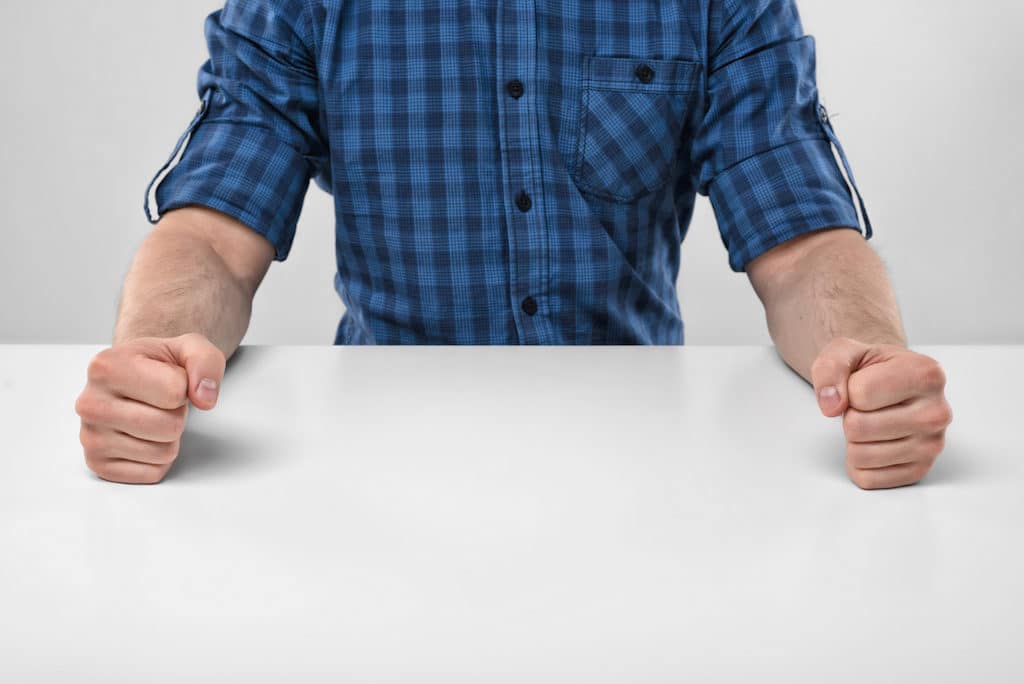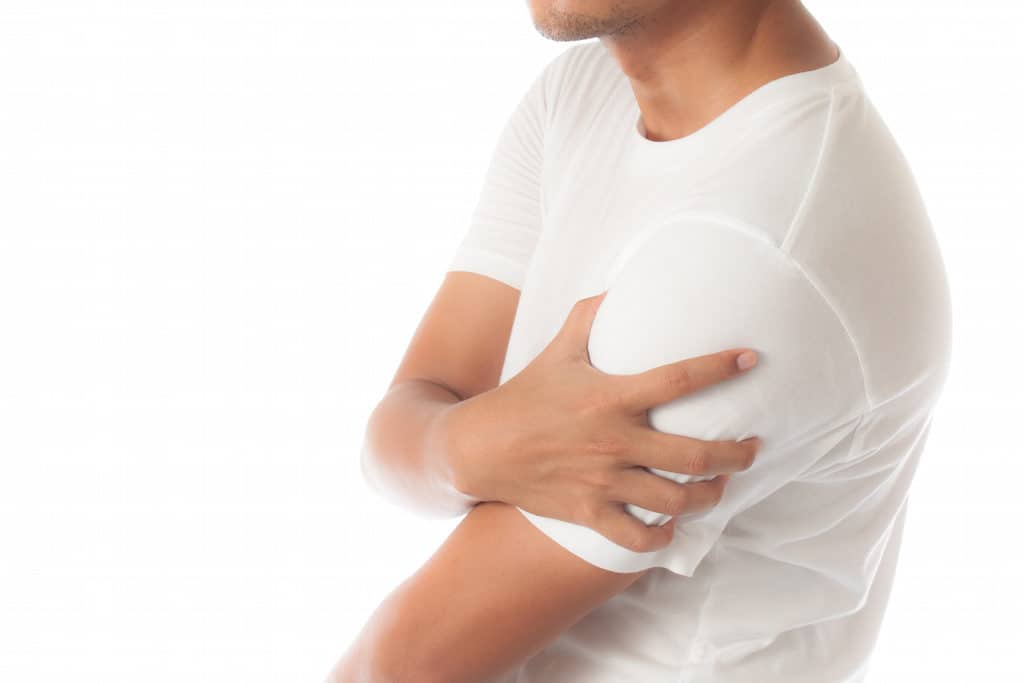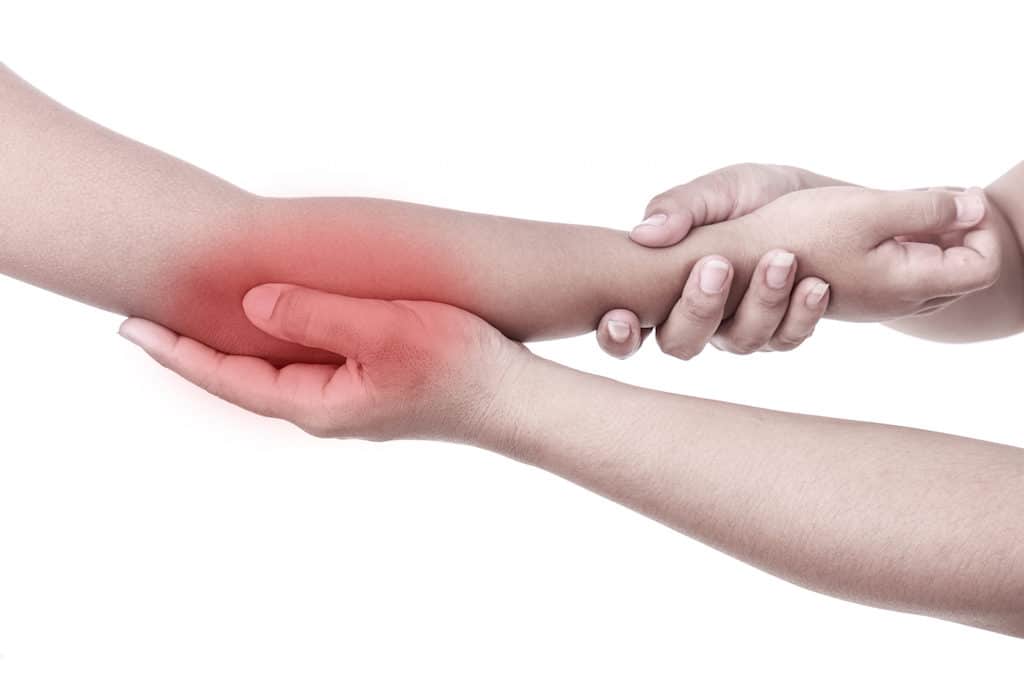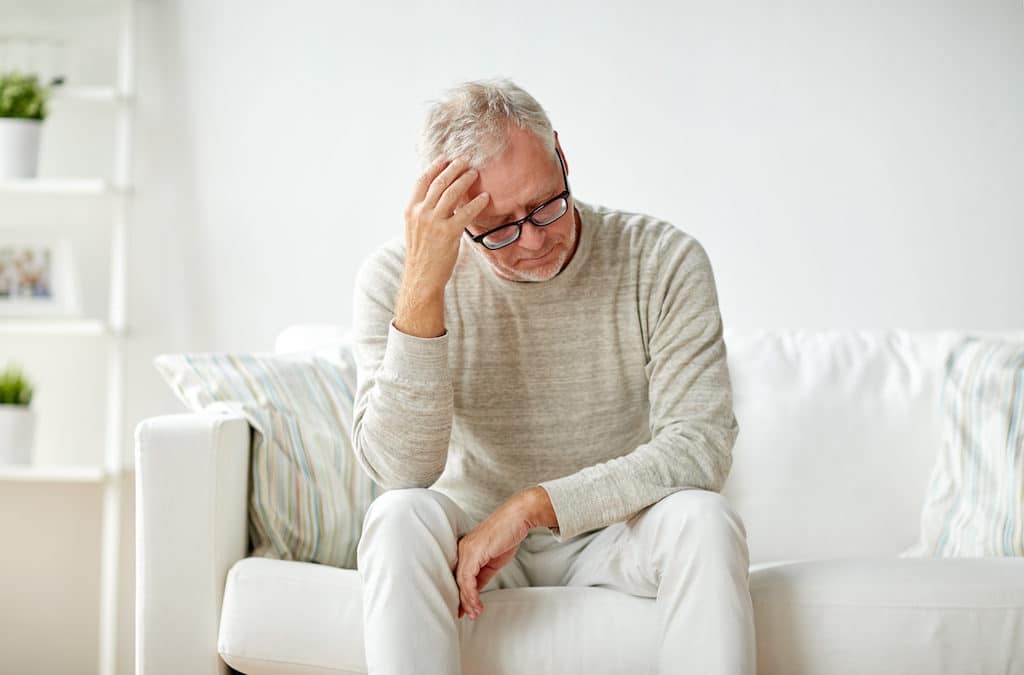Pain After a Stroke: Symptoms to Watch Out For


Stroke survivors can experience tragic results after their attacks in the form of many different types of physical pain. Conditions such as paralysis, frailty, and changes in sensation are some of the most common ailments. It is normal for stroke survivors to feel weakness on one side of the body, which can lead to spasticity and excruciating pain in muscles and joints, particularly in the shoulders. Headaches and sore, swollen hands are also common after effects of a stroke, usually referred to as central post-stroke pain (CPSP).
With so many agonizing conditions caused by stroke, the best treatment is to be sensitive to the pain a survivor is feeling and learn about the different causes of that pain. This will help you prepare for and prevent these conditions from worsening.
Spasticity

More than a third of stroke survivors cope with spasticity. It usually takes place on the weaker side of the body and leads to tight or stiff muscles, or muscle spasms, that can often hurt mobility, posture, and balance. It takes hold in joints and muscles, making it harder to move around comfortably, especially for older adults.
People who experience mild spasticity may only face tight muscles, but those who suffer severe spasticity will likely be forced to endure painful and uncontrollable spasms in the arms or legs. If not treated, spasticity causes regular pain, interfering with the rehabilitation process and basic recovery.
Contracture
Left untreated, spasticity progresses into something more painful: contractures. Contracture develops in more than 50 percent of stroke survivors and most commonly affects the hips and shoulders.
Over time, contracture causes loss of motion. It starts with the shortening of soft tissue structures, usually spanning more than one joint, including skin, muscles, tendons, ligaments, and joint capsules. With reduced range of motion in any of these areas, a stroke survivor’s joint mobility declines causing pain, stiffness and ultimately, contracture.
The good news is that the affected soft tissue can lengthen again with proper stretching. Usually, low-intensity prolonged stretches (around 6–12 hours/day) are needed to stretch out the affected muscles. The more functional use a patient can get out of the contracted limb, the better their results and relief from pain.
Shoulder Pain

Frozen Shoulder
Frozen shoulder is when your shoulder becomes stiff and painful to move. This is common because the muscles and ligaments surrounding the shoulder can become very weak, stiff, or even paralyzed.
Within the shoulder joint, there is a surrounding layer of tissue called a capsule. When the ligaments around the shoulder become debilitated, the patient’s shoulder is strained. This strain can cause inflammation, damage, and weakness, which then causes the afflicted individual greater suffering.
Proper range of motion (ROM) exercises can prevent frozen shoulder after a stroke. The SaeboMAS can provide the support and facilitation a weakened shoulder needs in order to complete exercise tasks.
Subluxation
Subluxation is the partial dislocation of the shoulder. The bone of the upper arm (humerus) and the shoulder blade (scapula) briefly separate from one another. Unfortunately, this can occur often after a stroke because the muscles that hold the shoulder joint together have been weakened and can’t hold it together properly.
Central Pain

Central post-stroke pain (CPSP) is a consistent, mild or intense pain, usually caused by impairment to the brain. Following a stroke, the brain changes, no longer understanding messages of sensation (touch, temperature, stimuli) as it did before. Instead, it starts to register even the slightest touches to the skin as painful—an alarming thought.
CPSP can be moderate or severe, depending on the person. Even when it causes moderate physical pain, the psychological effects can be severe. Sufferers may feel hopeless, unmotivated, and have trouble fully recovering. They may seek relief in the misuse of pain relieving medicine, feel depressed, or stop going to physical therapy too early. So minimizing pain from the start is critical for the stroke survivor’s recovery.
Other Sources of Pain

Swollen Hands
Swollen hands are another common pain that occurs when muscles in the hands aren’t getting enough blood flow. Because many stroke survivors have difficulty moving their hands and arms, fluid starts to build up in the tissue, causing swelling and loss of mobility.
External stimulation can help bring range of motion into the hands and drain the fluid, helping relieve pain. A doctor will first need to check for blood clots or heart problems. After they do, a tight-fitting glove may be recommended to push fluid out of the hand. Recirculating this fluid is a necessary to ensure recovery in the hands and arms.
Headache
Headaches are very common following a stroke. Strokes can cause swelling in the brain, irritating the membrane that covers it, which causes a headache. While the incident itself creates this pain, medication may also be at fault.
Changes in levels of cerebrospinal fluid (CSF), which is the fluid that occupies the space between the skull and the brain, also contribute to headaches. An increase in CSF often causes moderate to severe headaches.
Prepare and Prevent
If you’re experiencing pain after your stroke, talk to your doctor. Stroke patients often experience painful symptoms, and there are many treatments available to help you feel more comfortable. Nobody should have to suffer chronic pain. The best treatment is preparation and prevention, so do your best to start relieving your pain as soon as it starts.
All content provided on this blog is for informational purposes only and is not intended to be a substitute for professional medical advice, diagnosis, or treatment. Always seek the advice of your physician or other qualified health provider with any questions you may have regarding a medical condition. If you think you may have a medical emergency, call your doctor or 911 immediately. Reliance on any information provided by the Saebo website is solely at your own risk.
All content provided on this blog is for informational purposes only and is not intended to be a substitute for professional medical advice, diagnosis, or treatment. Always seek the advice of your physician or other qualified health providers with any questions you may have regarding a medical condition. If you think you may have a medical emergency, call your doctor or 911 immediately. Reliance on any information provided by the Saebo website is solely at your own risk.



